In this article, I’ll attempt to show you an exercise I used to do when I was working on my animation undergraduate degree. The exercise has you take an animation sequence and tear it down, drawing its keyframes (main points of motion) and some of its important in-between frames. Since Marin from My Dress-Up Darling has captured the attention of the anime community and since her animation is well-done, I decided to use one of her many scenes for the exercise. The goal of the exercise is to learn some of the tricks animators use to suggest momentum, expression, and forecast motion. When you break down an animation like this, it can be surprising to see what parts don’t move despite the feel of life a sequence can have, such as Marin’s face in the start of this example. Animation is all about fooling people, and it doesn’t take much to fool the human eye and brain! Good thing too. Animation is already a lot of work despite the simple ways you can fool an audience into believing a series of still images is a living character.
To keep this article as fast-loading as possible, I limited my discussion and image use to major keyframes. I use arrows to illustrate my points and help you consider the changes between the keyframes.
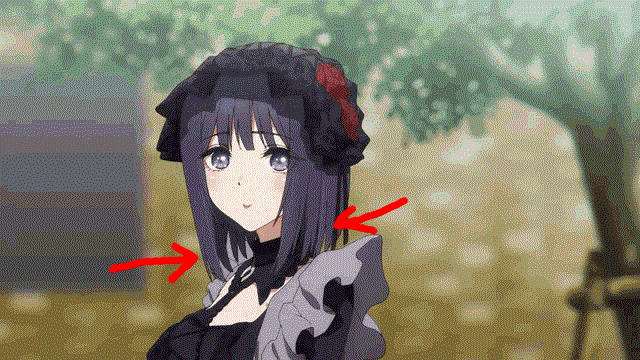
When animating, you want your initial movement to go the opposite direction of your final movement while following the character’s momentum. In the first several frames of Marin’s scene, only her hair moves. She will eventually move left in the camera’s view, so her hair will foreshadow this moment. In the movement, her hair will fly outward (see the image below), so it will begin with an inward motion to foreshadow this.
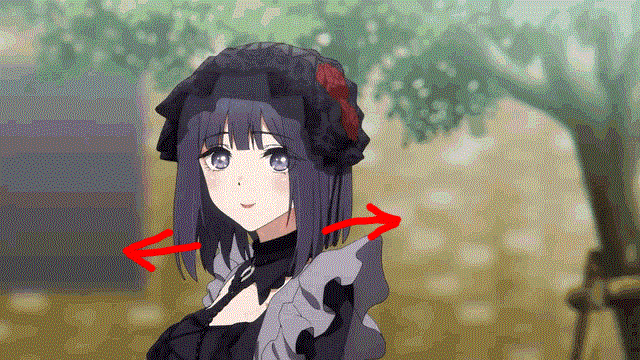
As she moves to the left, her hair will reflect this motion, but she will also move downward in the frame. In the final motion of this sequence, she bounces up and shoots the camera a joyous smile. So to get to this final goal, the animators need to build the motion like you would in a spring. This storing of energy and emotion primes the audience for a larger emotional impact than if you just jumped to the grin. Marin will bob downward several times before springing up. Each bob builds more energy and sets up for the burst of motion, which happens in a drastic frame change, as you will see. The final motion takes place mostly on the right side of the camera’s view, so to build this motion, Marin will move to the left of the camera first along with moving downward. Let’s look at how she stores this emotional energy first. Keep the hair momentum idea I briefly illustrated. It plays an important role in how Marin’s momentum is shown.
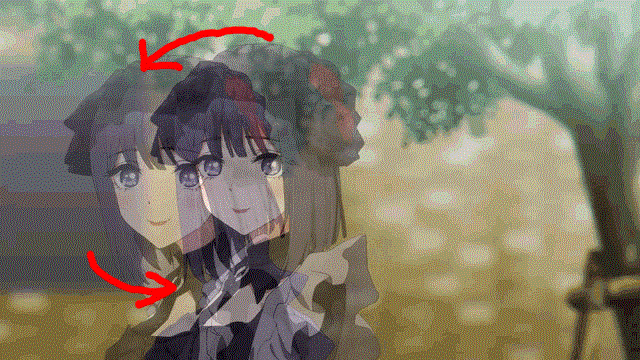
Here is an onionskin of Marin’s leftward motion. Her hair had returned to its default position after a few frames of blowing in the wind. Then she moves to the left and slightly downward. Her hair moves in the opposite direction of her movement, but only slightly. Compare the angles of her resting hair and this frame. Her smile has also changed since the start of the sequence, but it also won’t change again for quite some time.
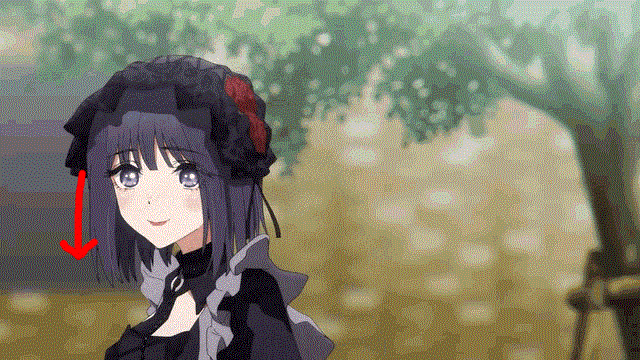
After Marin hits her position, her hair returns back to rest thanks to to the force of gravity. Notice that her face and veil have changed very little. Her dress has slightly shifted, mostly the curve of her breast became more pronounced to suggest her body is twisting away from the camera.
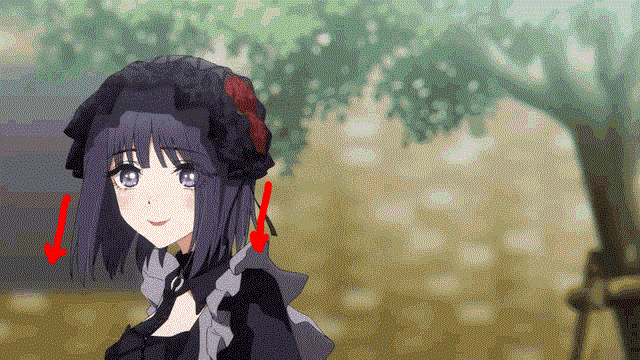
In the next frame, momentum catches up with her hair. She had moved left so her hair will pick up that motion as her body stops. Notice nothing else moves or changes in this frame. This leftward motion of body and hair again forecasts the final rightward and upward explosion of motion in the final part of the scene.
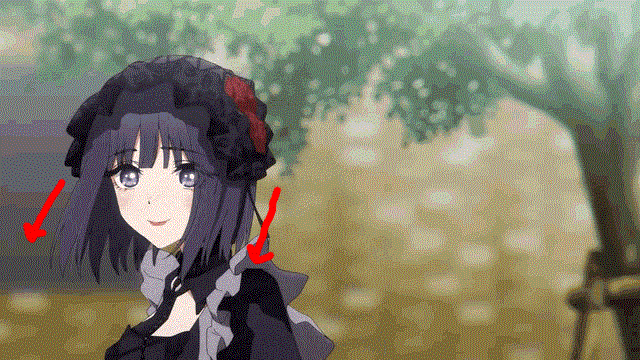
The left motion continues in this frame. You will notice most motion phases are handled in 2-3 frames, starting with a rest frame, a between motion, and a final motion frame. Animation is selection with what it changes. Too many changes can distract the viewer from the main parts of a motion while adding more production time. The more elements you animate, the more you have to track. You will notice Marin’s face hasn’t changed all that much since the start of the sequence. It’s been all about her body movement and hair outside a small change to her lips.
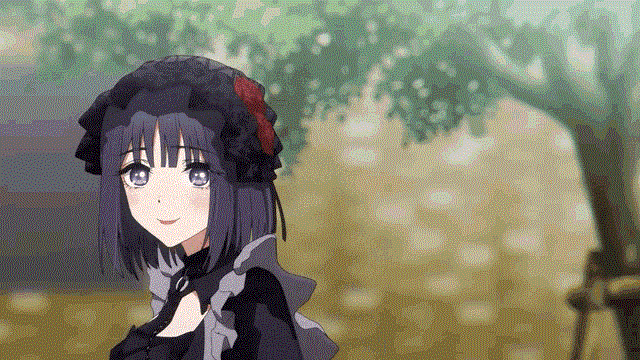
And here, Marin returns to rest. You will notice this frame seems to be recycled from the midpoint of this sequence. Anime has all sorts of techniques to cut back on frames to help production costs and speed, but this is by no means an unnecessary frame.
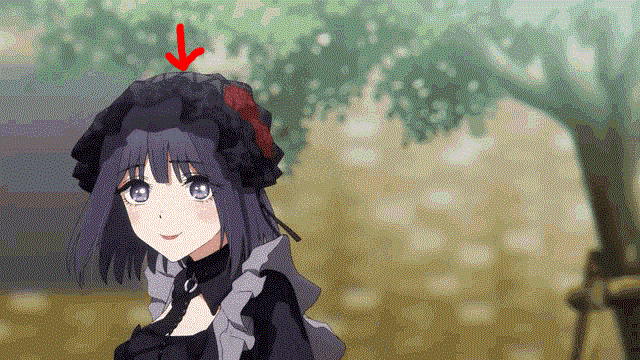
Here, Marin is moving downward and her body is turning toward the camera. The previous “recycled” frame acted as the rest frame for this next phase of motion. Remember, Marin’s final motion aims up and right, so she will have to move down and left to make this jump in motion. She will bob up and down twice with her expression becoming more joyful. This acts like a spring. Each bob builds more energy and emotion. The last dip she does (below) sets up the final coiling of the spring.
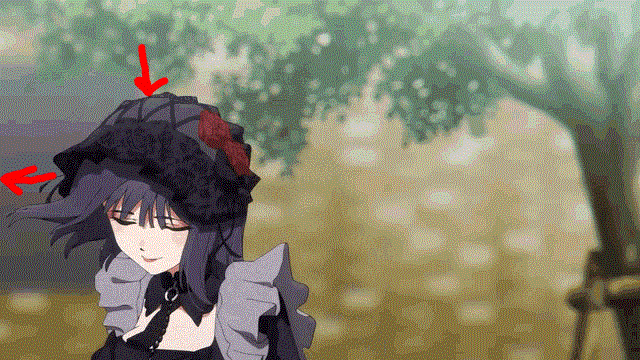
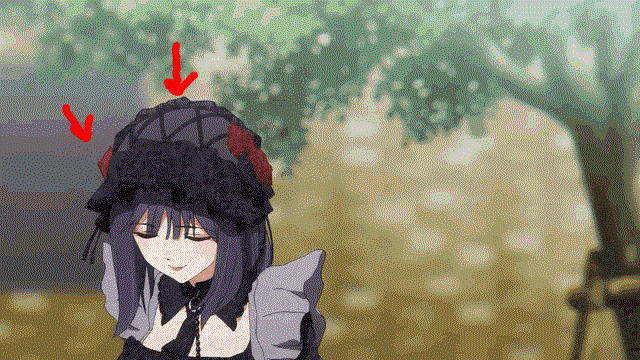
Here’s our first drastic change to Marin’s face and body. She ducks her head down, revealing the top of her veil. Her hair flies left and upward before settling back to rest. Her veil also moves in the same motion. This serves to emphasize her downward motion. The fast upward movement and immediate down pull shows Marin’s speed. There are several tweens, or transitional “between” frames here, which I excluded for space. She also closes her eyes while turning her body toward the camera. Marin is now moving right relative to the camera.
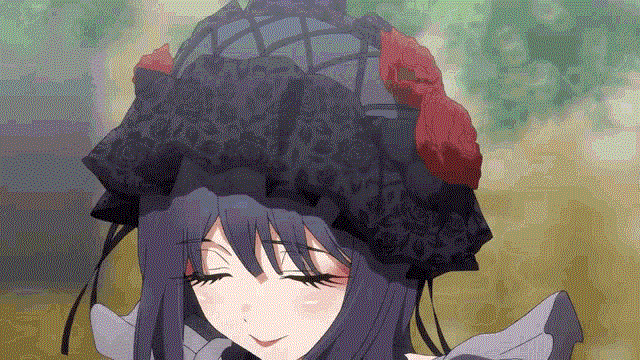
This frame is interesting. There’s no tweens between Marin ducking her head and this close up. The camera just cuts. While this appears to be just a zoom in of the previous frame, the animators added more details to her hair (see the hint of red in her bangs and the highlights on her cheeks?). Here’s the final coiling of Marin’s spring. I know, you are probably tired of that metaphor by now, but I can’t think of a better way to describe it. She closes her eyes because in the final explosion of motion, her eyes will open as wide as possible.
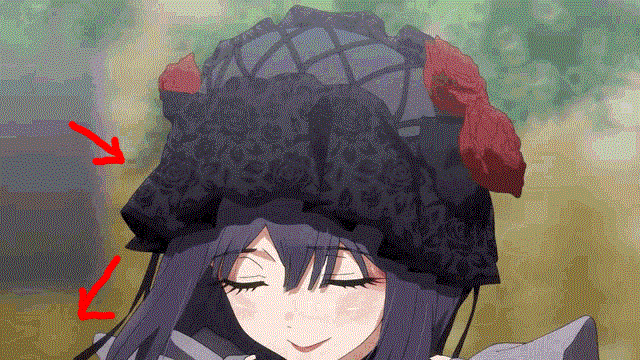
In the next frame, we see the hair and veil doing its motion work again. Marin is moving toward the right, and she is still moving down as she finishes her final dip. The camera has also moved slightly, cropping a little more of her chin. This adds anticipation. For the last part of the sequence, the camera will see a lot more motion, even when Marin herself isn’t moving within a frame. Often the camera will shift within 2 frames. This adds some interesting dynamism to the last parts of the sequence.
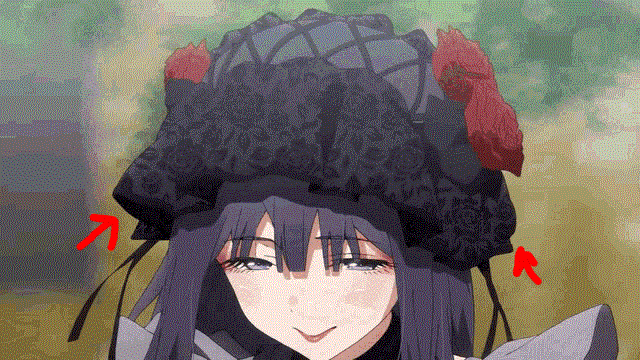
Marin is just about to spring here. Her veil now moves upward as she tilts her head to face the camera. Her grin, a press of her lips, is also setting up for her final joyful, open-mouth smile. There is a slight tween of her mouth opening just before the next, drastic frame.
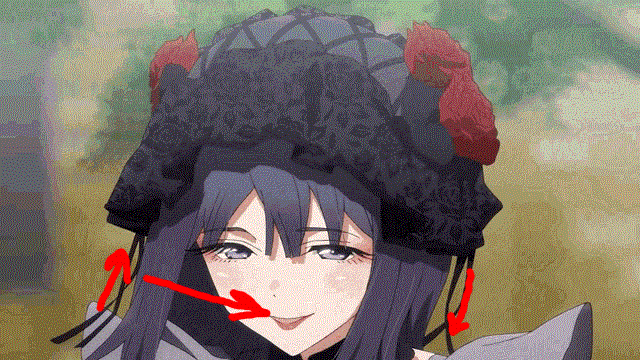
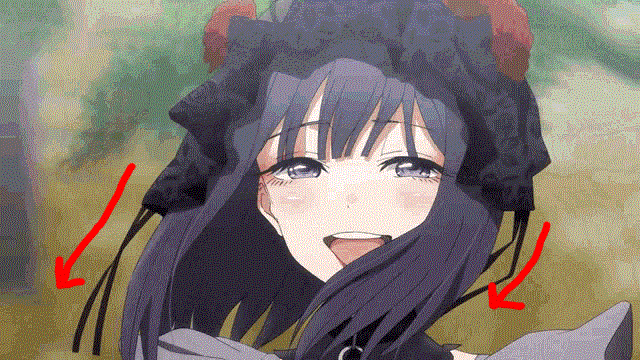
Finally, Marin explodes into motion. She completes her rightward move (if the camera were to zoom out, she would be on the rightmost side of the scene), and her hair motion shows this momentum by angling left. Notice how different this frame is compared to the previous frame. There’s no tweens here. The change shows the speed of Marin’s motion, but we’ve also had several head bobs leading up to this. If she hadn’t ducked down as often as she had, this motion wouldn’t have the same impact or emotional punch.
Marin’s hair now flies upward, revealing more of her expression and continuing her motion. The exaggeration of Marin’s expression follows the “stretch” principle of animation. Up until now, Marin’s mouth and her ducking down in the camera’s view have been following the “squash” principle. You can’t have a stretch without a squash nor a squash without a stretch. Animations without these two look strange and off. Think of squashing as storing energy while stretching as releasing that energy.
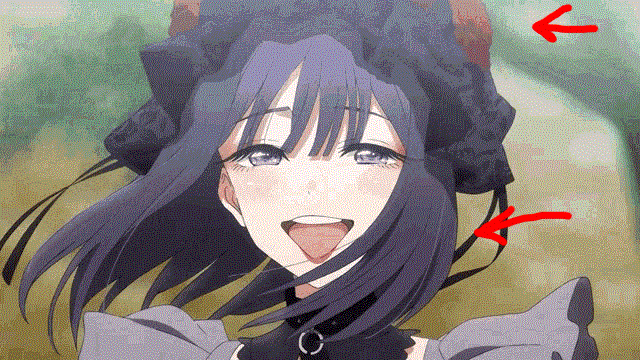
In this frame, the camera moves according to the arrows I’ve drawn. In the final part of this sequence, Marin’s hair animates about every other frame. The camera moves during the still frames. This creates an interesting effect that emphasizes her expression. I counted 102 total frames for this animation. The entire sequence runs about 6 seconds. So the animation runs at roughly 15 frames per second. I extracted the frames from a gif, so the true animation will likely have more tweens and run at about 30 frames a second, or so I surmise.
Animation takes a lot of work and thought to do well, but focusing on major motions helps speed and simplify the process. Animation uses our expectations. If something moves up, we expect it to move down. If something moves left, we expect a slight rightward motion before it moves. If you watch how a person moves, this holds true: before she takes a step forward, her body will sway backward. The most interesting part of Marin’s animation are the drastic cuts. While this might be a result of extracting the frames from a gif instead of the full video, the motion still works. The abrupt changes between her final bob and her explosion of joy keeps the motion crisp. Sometimes too many tweens will make motion look too smooth. Animation is a balance between smoothness and jerkiness. Too much of either looks unnatural.
Next time you watch anime, see if you can spot these techniques in a scene. It will give you a new appreciation for how much work goes into a single anime episode. Finally, here’s Marin’s complete sequence:
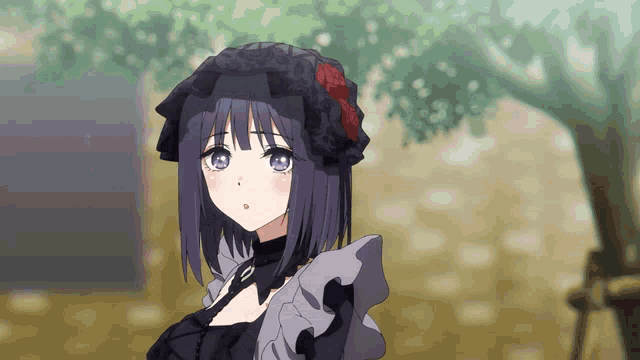
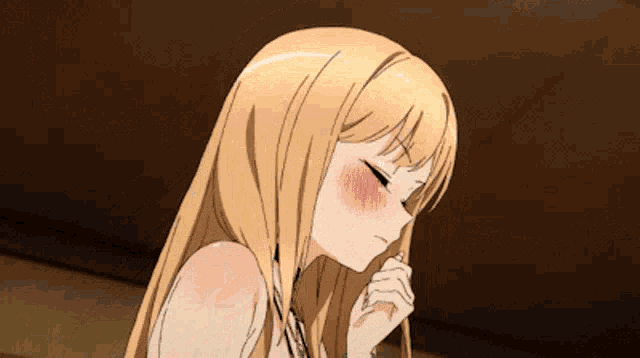
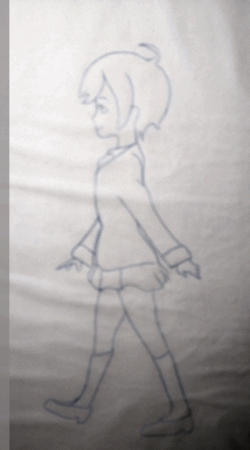
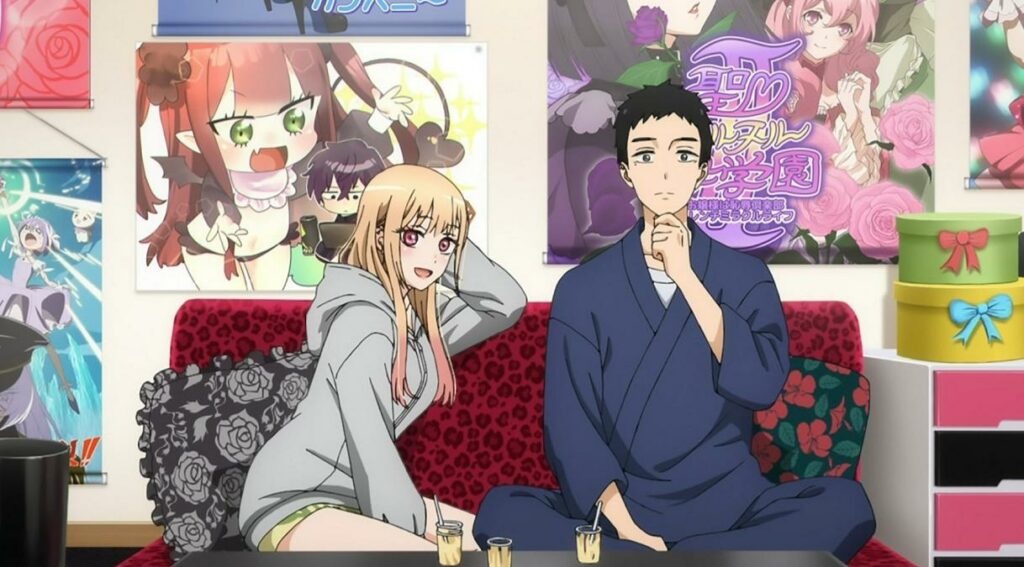
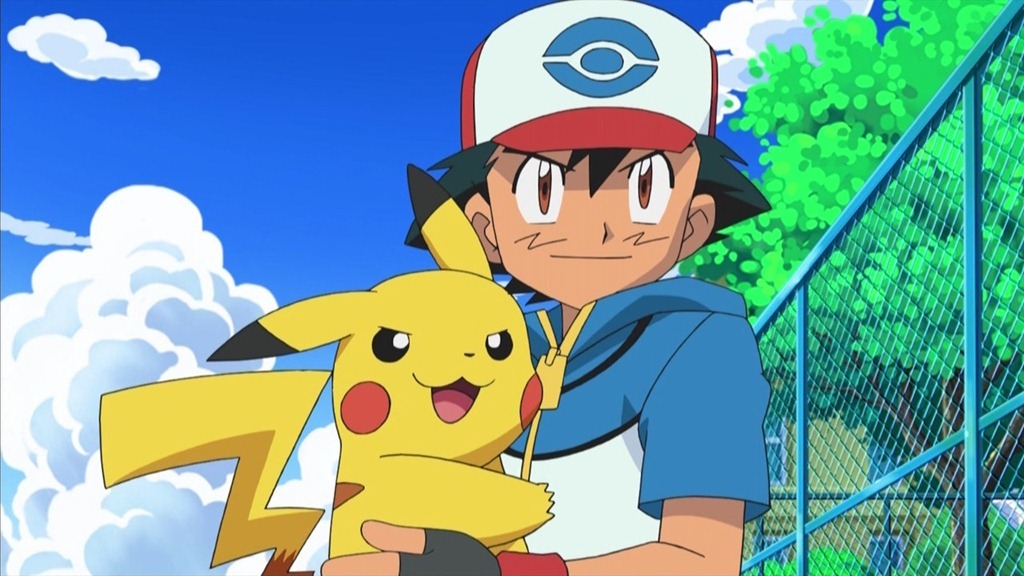
Great analysis article! I find the movement of her hair in this scene mesmerizing. I’m really loving this anime overall – it’s delivering so much more than just pretty things to look at.
My Dress-up Darling turned out to be better than I expected. The animators do an excellent job of contrasting the characters’ body languages and subtly suggesting their thoughts in many scenes.